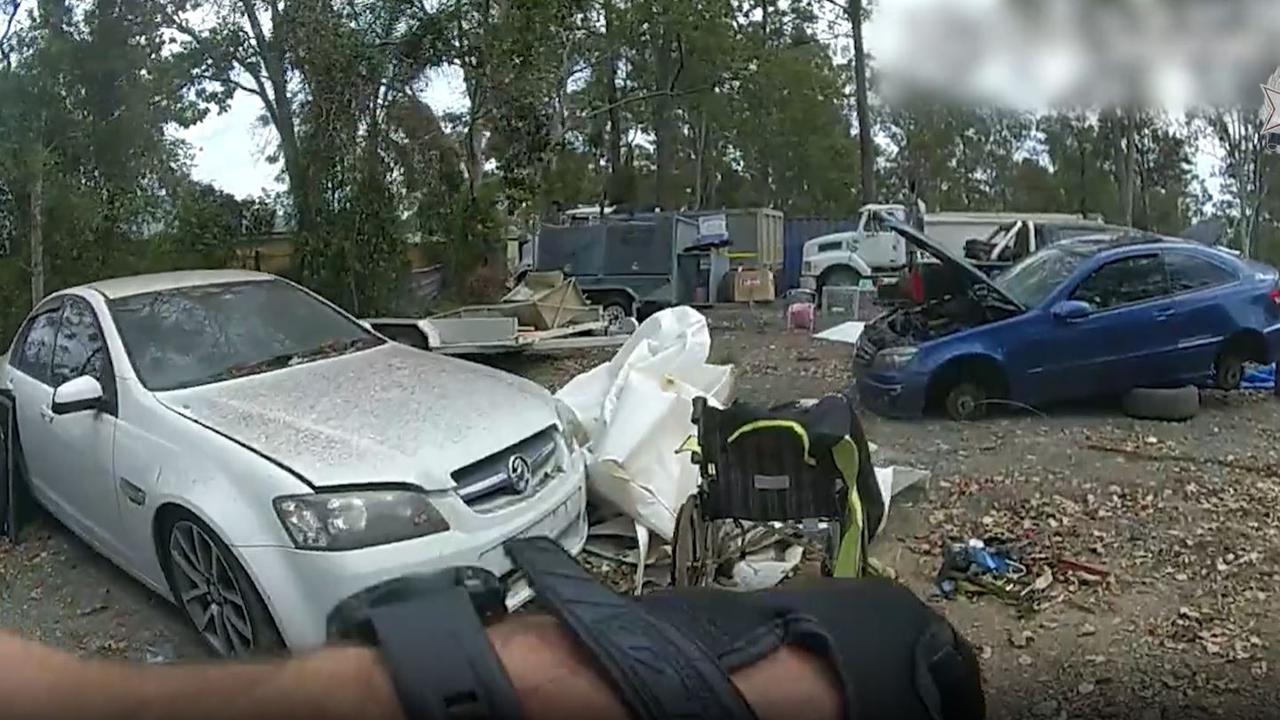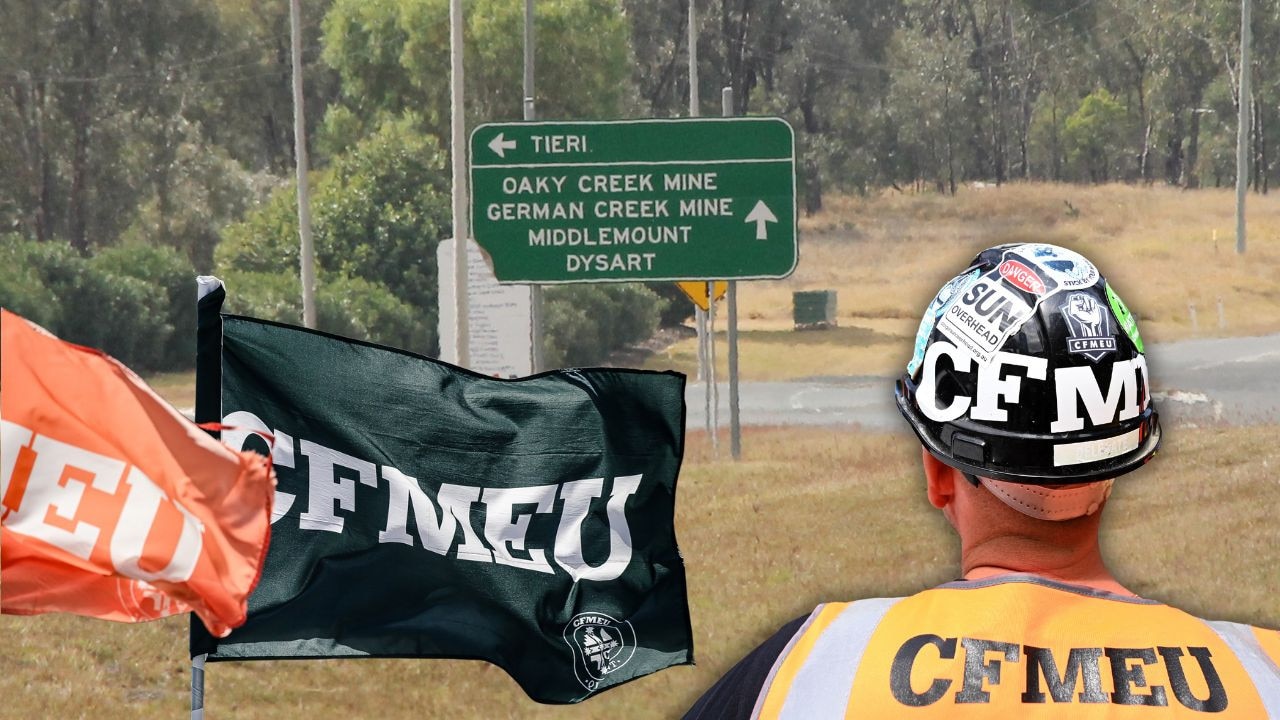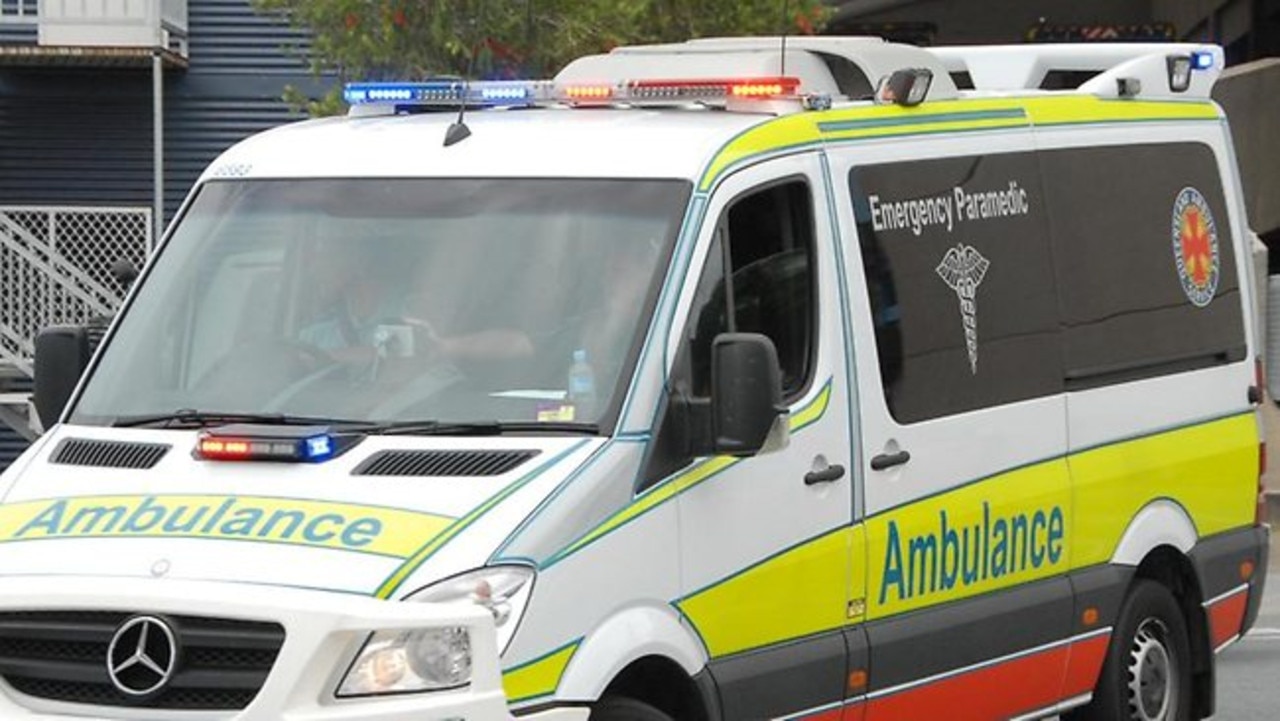Truth-Telling Inquiry: Indigenous Elder tells horror of Palmer River massacre, Stolen Generation
A prominent Indigenous Elder has opened up on her family’s incredible story of survival after her mother escaped a brutal massacre after being shot, while she was removed from her family in her teens as part of the Stolen Generation.
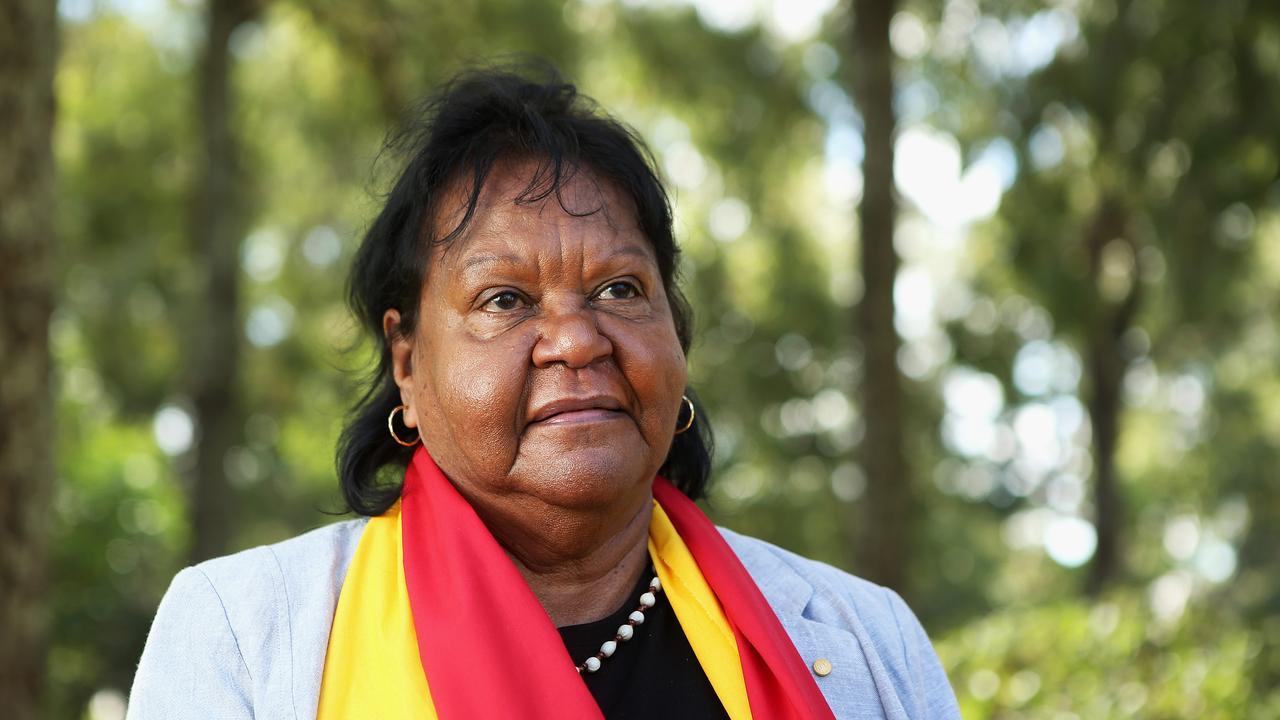
QLD News
Don't miss out on the headlines from QLD News. Followed categories will be added to My News.
WARNING: Aboriginal and Torres Strait Islander readers please be aware the following article contains images of a deceased person.
A prominent Indigenous Elder has opened up on her family’s incredible story of survival after her mother escaped a brutal massacre after being shot, while she was removed from her family in her teens as part of the Stolen Generation in an emotional day at the Truth-Telling Inquiry.
A proud descendant of the Ghunghanghi People of Yarrabah, North Queensland, Aunty Flo Watson OAM told the Truth-Telling Inquiry at the Brisbane Convention and Exhibition Centre on Friday of her family’s incredible story of survival to the present day.
She began by sharing the lived experience of members of her family, who were shot at and killed during a massacre at Palmer River.
Her grandmother Mary Palmer was shot and killed by the troopers, while her mother Doris ‘Sira’ Choikee, who was a child at that point, was shot in the hip while running away.
“One of the pretty bad massacres on the Palmer River that she was a part of,” Aunty Flo said.
“Her mother was shot and killed trying to save her and she was shot in the hip trying to save our little brother, and her sister, my aunty, Rose Maycan Grogan was headbutted trying to run away.
“So she believes that she was about four when she left.
“I remember she showed us the bullet wound where it went and it went from her hip to her toes, they never took it out, and yeah, she limped her whole life.
“It was a pretty nasty massacre – pretty bad in the Palmer River.”
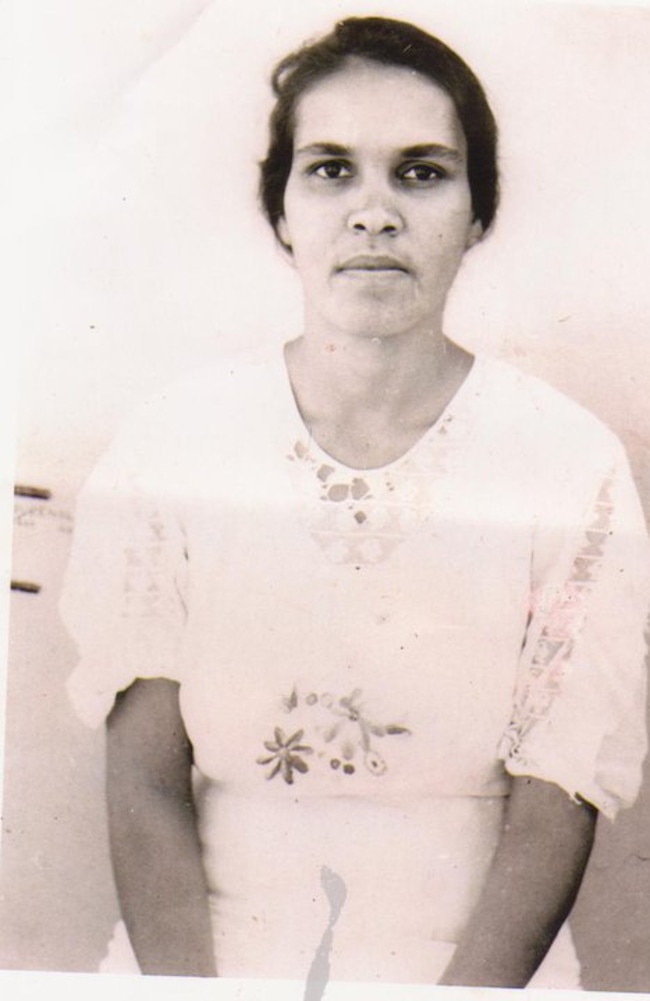
Following the massacre, the survivors were forced to walk from Maytown to Cooktown, a journey of 279km by road in the present day, while shackled in chains.
“From Cooktown they walked from – they had to walk in chains from Maytown to Cooktown,” Aunty Flo said.
“She never went back to her country after what happened to her, she never went back.”
Aunty Flo was brought to tears when she shared a story from her childhood when she was told by her mother that she “should not be happy”.
“Mum was very strict, a great seamstress, songstress,” she said.
“I remember walking home from school, waking up the road with foster sisters, all laughing, just having fun as boys and girls.
“We walked into the front and she slapped us all.
“She said you should not be happy.
“We weren’t allowed to laugh, were not allowed to sing, it was just horrendous.”
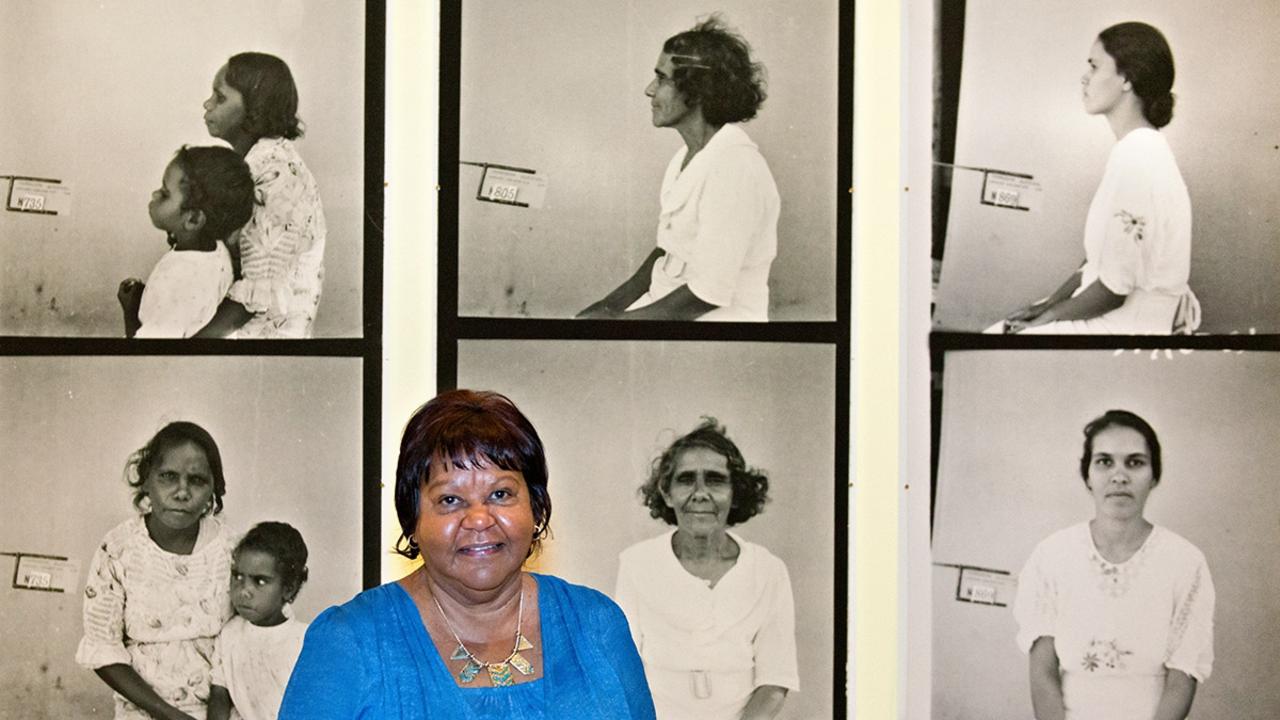
Aunty Flo was also part of the Stolen Generation when she was separated from her family and sent to boarding school.
“I was later told she [her mother] had to fill out an exemption form that said that I was no longer an Aboriginal under the Act and that I had to be sent away,” she said.
“And that exemption form, I found later that exemption form which said I had to use that whenever I went to get transport, that will go to stores, shops, and anything like that, wherever I went.”
Aunty Flo eventually made her way to Brisbane, where she became involved in activism.
“Brisbane was a thriving city and trying to live in the western society was pretty hard,” she said.
“A lot of racism, being young teenagers trying to get into the community.
“Couldn’t really go into the city or anything you had your Boundary St and curfews.”
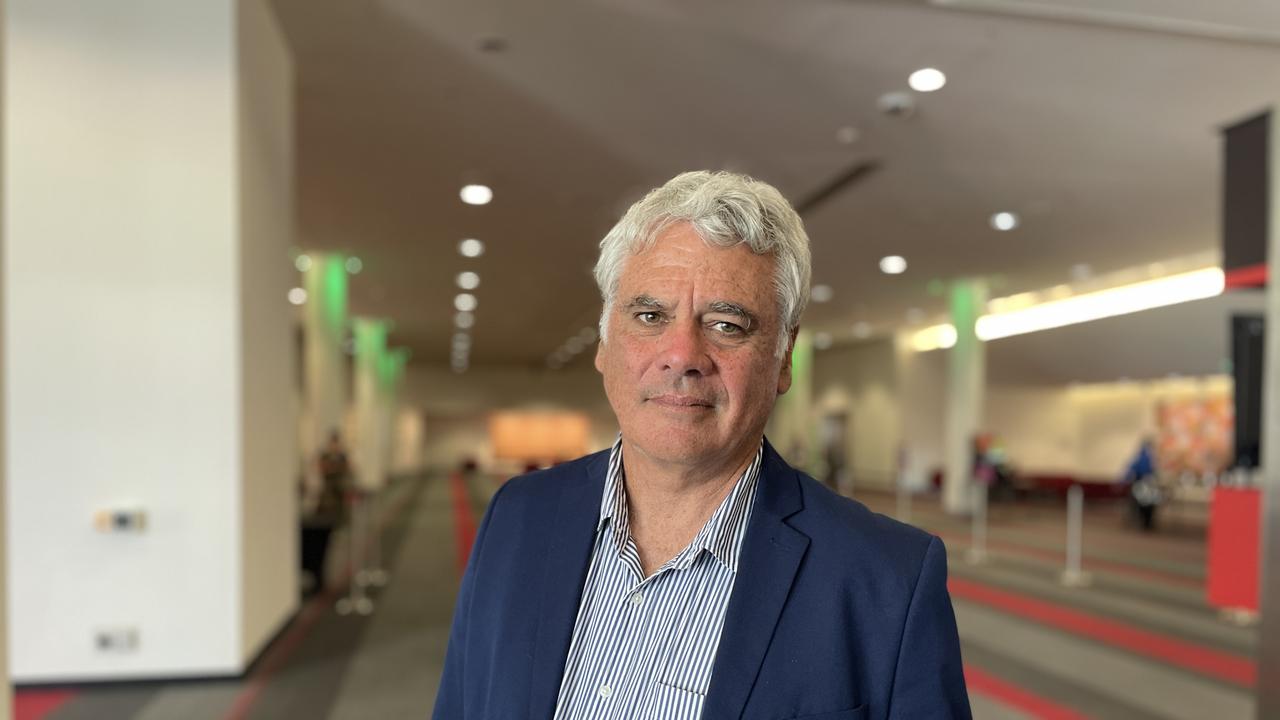
The Inquiry also heard from Michael Aird, the director of the University of Queensland Anthropology Museum, a specialist in the field of Aboriginal arts and cultural heritage.
Mr Aird talked about Transforming Tindale, an exhibition that explored the Tindale collection, what it means to Aboriginal people and its place in Queensland’s history.
The exhibition included photos from an extensive anthropological survey of Aboriginal reserves and missions across Australia conducted by Norman Tindale AO and Joseph Birdsell in 1938 and 1939, with Mr Tindale studying the genealogies while Mr Birdsell undertook the measuring of people.
“Of course, those types of racist studies took a big – I guess political hit in the 1940s with Hitler using the same types of studies to justify killing millions of people,” Mr Aird said.
“Essentially they were looking at black Aboriginal skin and what will Aboriginal people look like in 50 or 100 years time with intermarriage.
“They were categorising Aboriginal people into sort of northern, southern, western types in some sort of racist category that I don’t quite understand how they were coming up with those categories.”
While acknowledging the scientific racism underpinning the study, Mr Aird added that photos from the study had a level of importance for Indigenous people.
“I think the majority of the Aboriginal people living on these reserves – the vast majority would not have only had any access to photography themselves in the sense they would not have been able to own cameras,” he said.
“So those families that lack – have minimal old photographs within their families these Tindale photos become very important to them because they now have these beautiful clear photos of their family members.”

The Inquiry also heard from Dr Jackie Huggins AM FAHA is a Bidjara / Birri-Gubba Juru woman from central and north Queensland.
Dr Huggins gave evidence on her mother being forcibly taken from Carnarvon Gorge.
“My mother was rounded up and put on the back of a cattle truck in the 1920s from the Springsure area and taken with her four siblings at that stage, mother and father and grandparents to Cherbourg Aboriginal mission,” she said.
“According to my mother, she had a very happy childhood up until the age of 14, when a trooper knocked on the door at my grandparents place and said get ready for the train in the morning, she’s going to work in Charleville.
“Of course, you can imagine, imagine the horror packing up and getting my mother ready, and mum didn’t know what was happening.
“My mother never spoke of and she wouldn’t speak about the injustices that she received or the treatment that was meted out to her on those cattle stations.
“She did say there were some kind people in that, but mostly they were very cruel, very cruel.”
More Coverage
Originally published as Truth-Telling Inquiry: Indigenous Elder tells horror of Palmer River massacre, Stolen Generation




